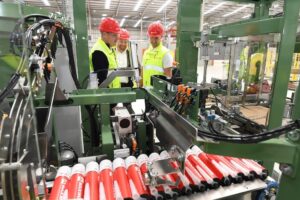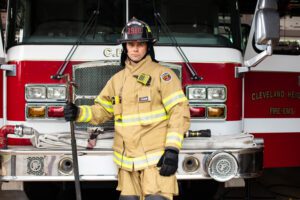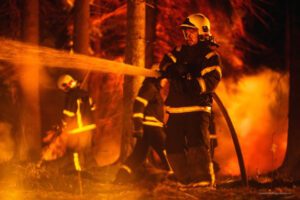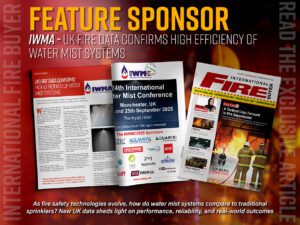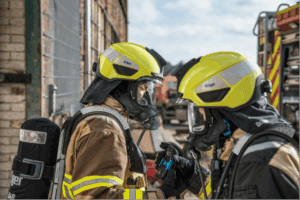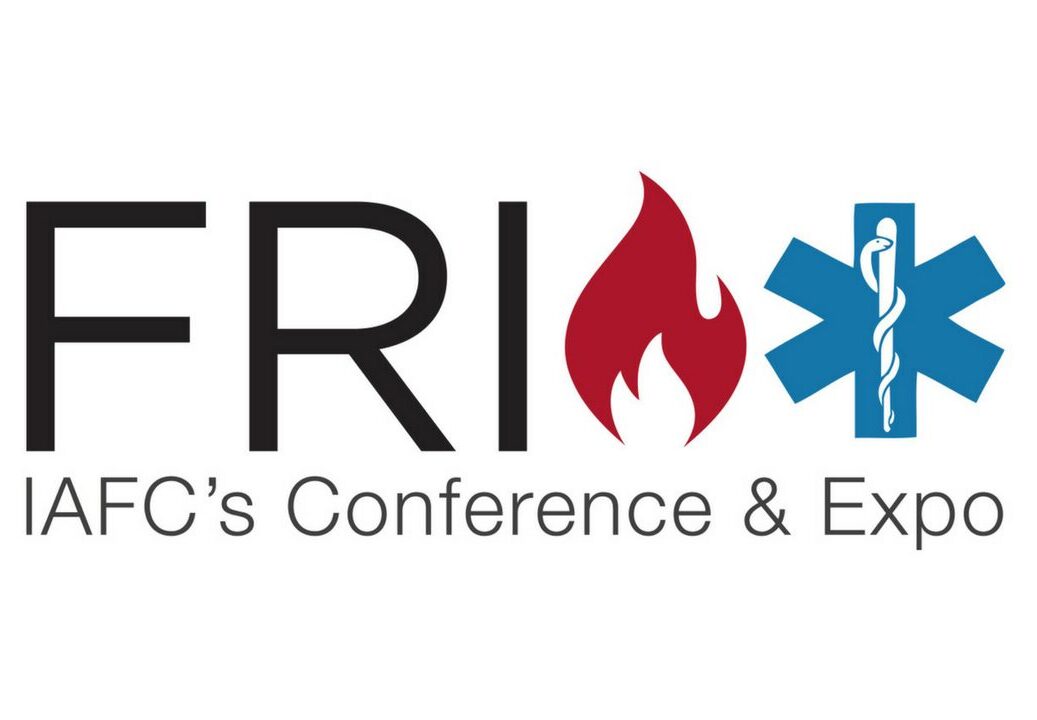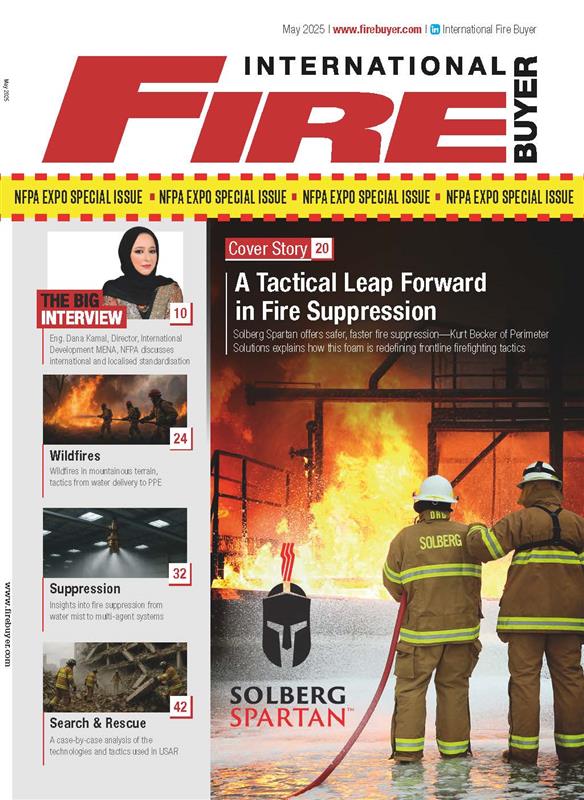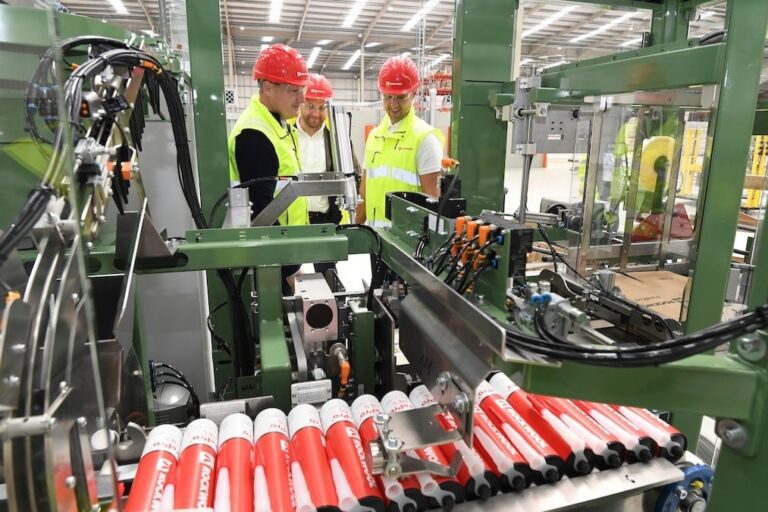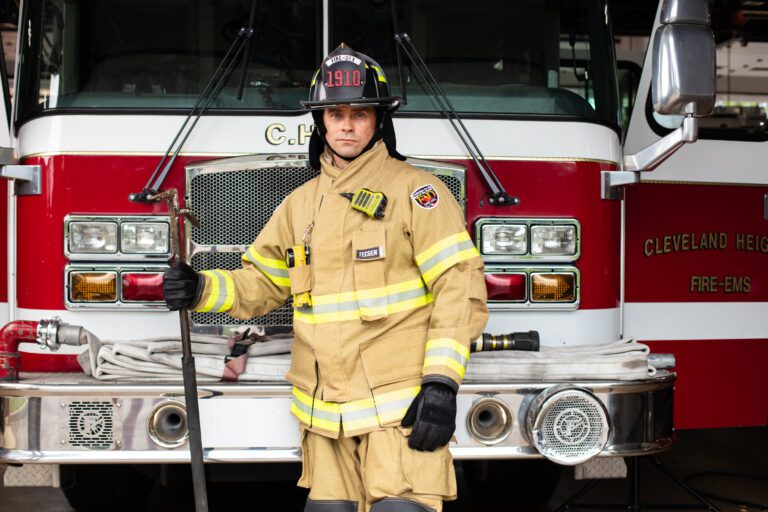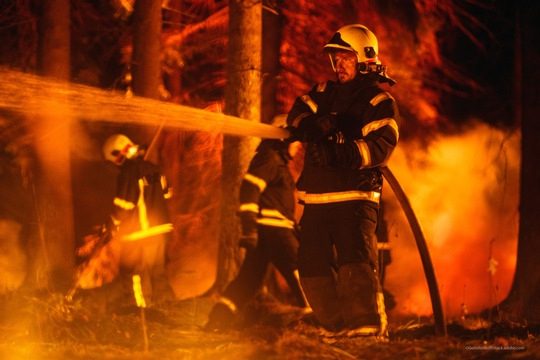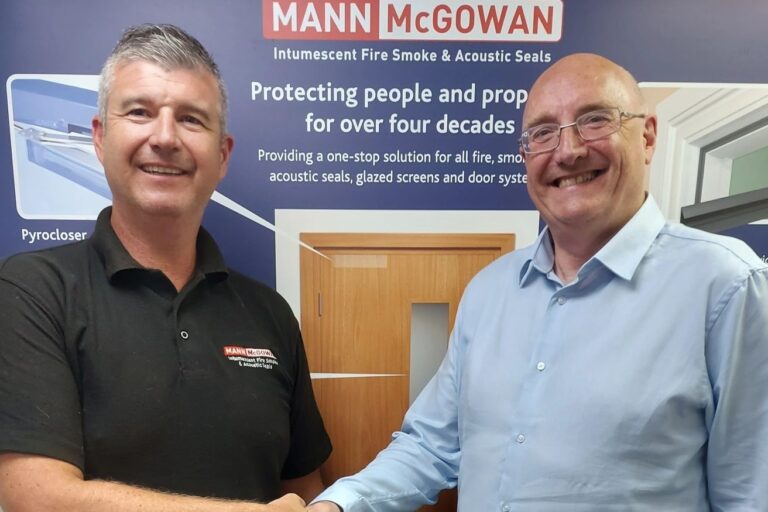The Fire Protection Association (FPA), in collaboration with insurers, the University of Central Lancashire, and expert consultants, has introduced RISC 501: a new method for testing and assessing external cladding systems. This initiative, part of the RISCAuthority’s annual research, responds to the rising incidents of large cladding system fires since 1990 and aims to evaluate the fire safety performance of non-loadbearing external cladding systems.
RISC 501, which is freely downloadable, addresses several limitations of the current UK compliance methods (BS 8414 test method and BR 135 assessment criteria) for combustible cladding systems on high-rise buildings. These limitations include issues with fuel source appropriateness, test construction, construction detailing, assessment criteria, and transparency of test results.
The new method sets stricter construction and temperature criteria, introduces mechanical performance and gas sampling criteria, and mandates public publication of all test results. This approach not only meets basic life safety standards but also aims at ensuring resilient systems to prevent vertical fire spread.
The FPA’s Technical Director, George Edwardes has been at the forefront of the research: “There have been concerns around large scale cladding testing ever since its inception in the UK. “Conducting a thorough research project from an insurer’s perspective identified the areas that need improving and resulted in the development of a robust test method that reflects the built environment; a method that is appropriate for not just the minimum life safety requirement, but also for property protection.
“I look forward to working with industry to conduct RISC 501 testing, which will help ensure people have homes to return to after the unfortunate event of a fire. The FPA is continuously seeking ways to improve building resilience and we actively welcome collaboration for future research.”
Chris Miles, Commercial Director at the FPA added: “RISC 501 offers significant improvements when compared with the current performance-based route to compliance. It also enables a route for stronger third party product and system certification, for which there is great need in the UK at present.
“We are pleased to now have test methodology available to support industry in evidencing robustness for the fire safety of cladding systems which is now more important than ever.”
To read more articles, see our last issue here.
Never miss a story… Follow us on:
International Fire Buyer
@Firebuyer
Fire Buyer
Media Contact
Rebecca Spayne Managing Editor, International Fire Buyer
Tel: +44 (0) 1622 823 920
Email: [email protected]

